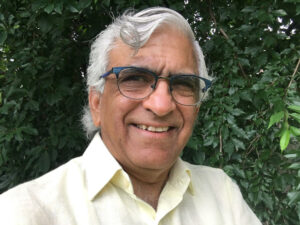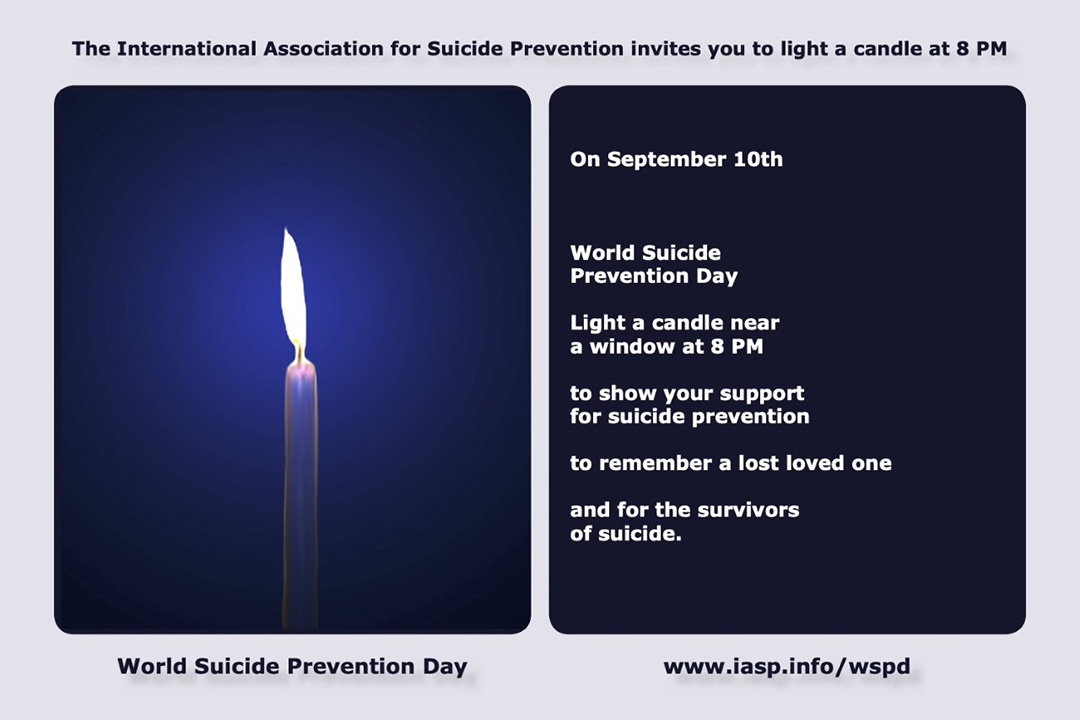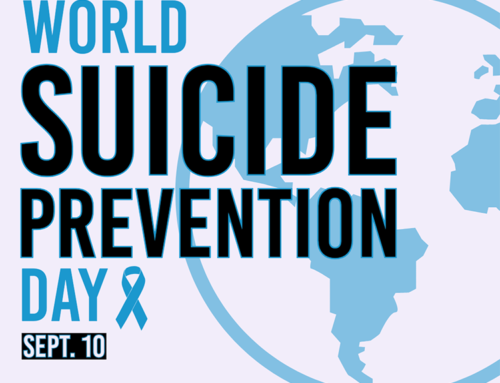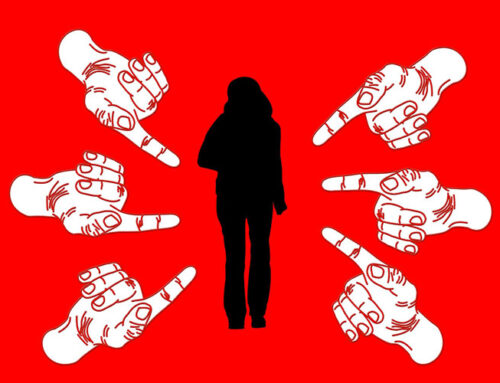September 10th is World Suicide Prevention Day
Light a candle near your window at 8:00 PM
There is hardly anyone whose life has not been touched by suicide in one way or another. September 10th is World Suicide Prevention Day. Let us take this opportunity to remember those whose lives have been affected by suicide, raise awareness, and take steps to prevent suicide.
Did you know that asking a depressed person about suicide thoughts does not amount to suggesting suicide or increasing the likelihood of suicide? By asking, you are not going to put a thought in their heads. In fact, asking often opens up a dialogue and a feeling of relief.
People often believe that suicide is not preventable. This is not true. There are 20 million people who attempt suicide. Most of them go on to live and not die by suicide. There are many factors that contribute to suicide. One of the most important factors is untreated mental illness, e.g., severe depression among many other conditions. Ninety percent of those who die by suicide had untreated mental illness.
Some of the reasons for not seeking treatment for mental illness include stigma and shame associated with mental illness, not understanding mental illness, myths associated with mental illness and available treatments, difficulty finding culturally competent care, financial reasons, and so on. Often, people have a tendency to deny and refuse to accept the idea of mental illness. I have often heard, “such things don’t happen in our family; we are educated and successful . . . mental illness affects weak people. We are strong.” Mental illness is not a disease of the “weak.” It affects people from every socioeconomic, ethnic, racial, cultural, and national background.
Some people choose to seek traditional interventions like yoga, meditation, Ayurveda, and so on instead of conventional treatments like medications and psychotherapy. Traditional interventions can be valuable when used in conjunction with conventional treatments. Often, people are not aware that there are many safe and effective treatments available for mental illness. Their fears of treatments are often based on misperceptions of treatments. When treatments are delayed, it is harder and takes longer for the illness to respond to treatment. Sometimes, untreated mental illness results in a tragedy.
Preventing suicide is everyone’s business. The goal of suicide prevention is reducing the factors that increase the risk and increasing the factors that promote resilience (i.e., protective factors). Learn more about the risk and protective factors. It is also important to become familiar with the warning signs of suicide.
Those who have lost someone to suicide are left with many unanswered questions and are plagued with guilt, shame, and a host of other confusing emotions. They suffer in silence. If you or someone you know has lost someone to suicide, consider attending a Suicide Loss Survivor Support group. You can find a Suicide Loss Survivor Support group near you. In Central New Jersey SAMHIN offers a free weekly support group, Janani for anyone who has lost someone to suicide. Talking about the loss can ease your burden.
Download Light at the End of the Tunnel to learn more about depression, myths about suicide, and tips on suicide prevention. Also see additional suicide prevention and suicide survivor resources.
If you or someone you know is faced with a crisis, call National Suicide Prevention Lifeline at 1-800-273-8255 (TALK).
 by Vasudev N Makhija, MD
by Vasudev N Makhija, MD
Psychiatrist
President, SAMHIN






